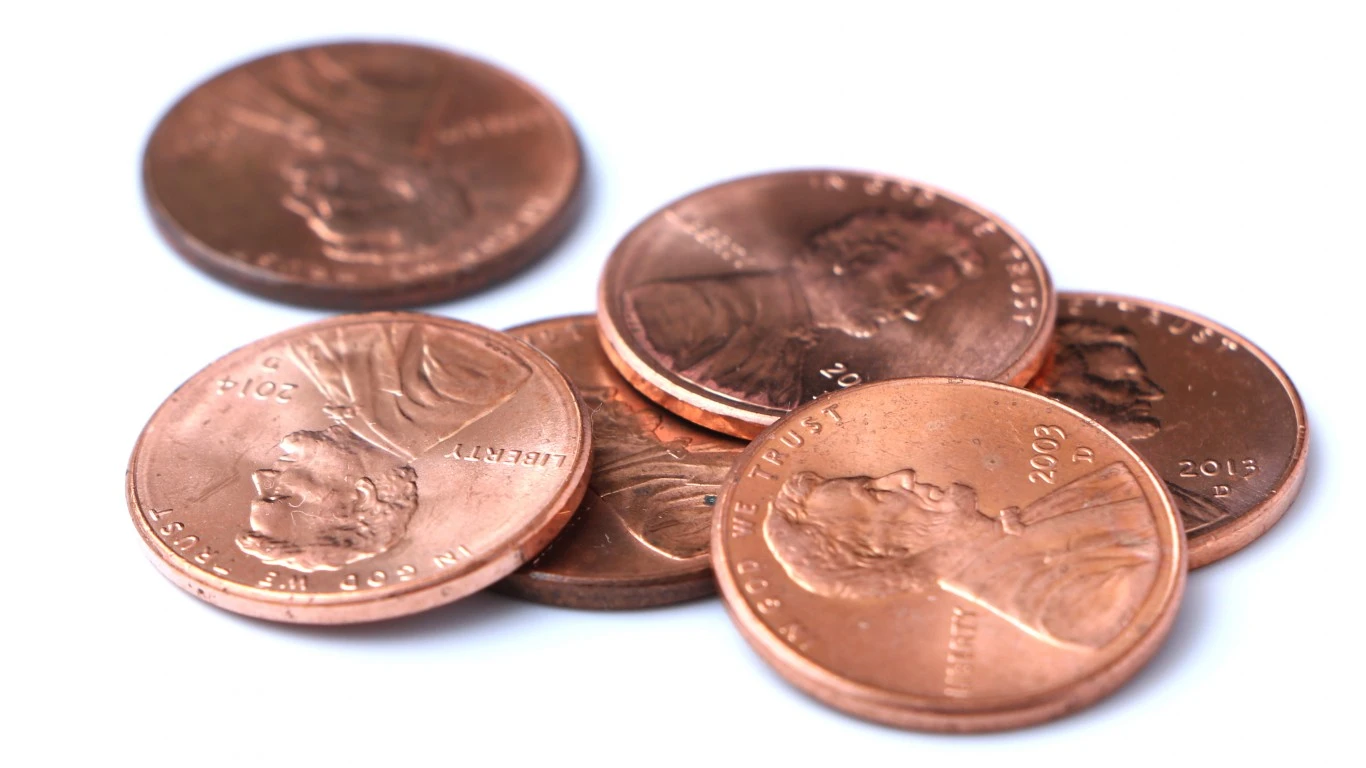
After more than a decade of quantitative easing (QE) and growth, US shareholders’ wealth has recently shrunk by ~$9 trillion. According to the Federal Reserve data, this is the sharpest asset decline on record, going from $42 trillion in Q4 2021 to $32.9 trillion in Q2 2022. However, following the Fed’s lockdown-triggered money pump in Q2 2020, at $27.2 trillion, the current US households’ wealth is still 17% higher.
Out of that loss, the top 10% wealth percentile carried the brunt of the Fed’s interest rate hikes, at $8 trillion. The question is, how will this inform the Fed’s next moves? Is the current market slump sufficient to bring inflation down on its own, or does the economy need more hikes before it is steered into a deep recession?
Excess Liquidity Bubble Burst?
From February 2020 to September 2022, the Federal Reserve increased its balance sheet by +114%, from $4.1 trillion to $8.8 trillion. To put this historic precedent into perspective, the Fed’s intervention during the 2008 Financial Crisis was four times smaller.
Moreover, the 2008 – 2009 Great Recession saw a decrease in interest rates from 5.25% to 0.15%, with the inflation rate reaching its top at 3.8% in 2008, only to fall to -0.4% the next year. Between April 2020 and March 2022, the Fed kept interest rates within the 0.05% – 0.08% range.
It was this period of both cheap capital costs and excess liquidity that drove stocks and cryptos to all-time highs. It also drove inflation to a 40-year high. The reversal started with the first large rate hike in May, at +50bps, followed by three consecutive +75bps hikes. Predictably, what has been inflated, was deflated, especially since the Fed hiking cycle is the fastest since the early 1980s.
Jerome Powell’s framing didn’t help either, with multiple references to “pain”, “restrictive”, and “red hot housing market”. The last one is particularly important, as it doubled in value since the Great Recession, has grown by $6.9 trillion in 2021 alone, to a total of $41 trillion in H1 2022.
“What we need is supply and demand to get better aligned…We probably in the housing market have to go through a correction to get back to that place.”
Fed Chair Jerome Powell
As 30-year mortgage rates hit 6.35% after the hikes, it appears that Powell successfully cooled down the US housing market. For comparison, last year, 30-year mortgage rates hovered around 3%. With besieged pressure from rising costs of living, the outlook for recession is growing more likely by the day.
Now, the rising concern is that the Fed is overtightening to get back to the 2% inflation target. At the present dot plot forecast, the central bank should increase the funds rate to 4.4% by the end of 2022, and to 4.6% the next year.
“We think quashing inflation that quickly amid constrained production capacity would take a recession – a roughly 2% hit to economic activity and 3 million more unemployed. We think the Fed is not only underestimating the recession needed but ignoring that it’s logically necessary.”
BlackRock’s Investment Institute
Wealth Inequality to Cushion Consumer Spending
Since February 2020, personal consumption expenditure (PCE) has gone through the roof, rising from $14.7 trillion to $17.1 trillion. Given near-zero interest rates, this was followed by record household debt, reaching $16.15 trillion in Q2 2022, which is $2 trillion higher than the pre-lockdown period in Q4 2019.
Now that the Fed spiked credit cards’ APR up to ~19%, people are scrambling to consolidate debt. In the meantime, the top 1% owns 31% of the US household wealth in Q2 2022, a slight decrease from Q1’s 32.3%. However, massive stock losses are yet to hit consumer spending.
Next year, stock losses should reduce consumer spending by $54 billion, according to Mark Zandi of Moody’s Analytics. On the other hand, the top 10% have been stockpiling stocks the most during the excess liquidity period. Compared to the bottom 50%, which predominantly holds real estate assets, the top 10% hold 58x more in corporate equities and mutual funds.
Meaning, as much as the stock market has declined, the imbalance in equities ownership should have a dampening effect on consumer spending reduction. This is the likely reason why Powell sees it necessary to cut 3 million jobs to stamp out inflation.
Nonetheless, as EUR, GBP, and JPY collapse against the dollar, one wonders for how long are Fed’s hikes sustainable before the global economy takes a nosedive.
This article originally appeared on The Tokenist
Sponsored: Tips for Investing
A financial advisor can help you understand the advantages and disadvantages of investment properties. Finding a qualified financial advisor doesn’t have to be hard. SmartAsset’s free tool matches you with up to three financial advisors who serve your area, and you can interview your advisor matches at no cost to decide which one is right for you. If you’re ready to find an advisor who can help you achieve your financial goals, get started now.
Investing in real estate can diversify your portfolio. But expanding your horizons may add additional costs. If you’re an investor looking to minimize expenses, consider checking out online brokerages. They often offer low investment fees, helping you maximize your profit.






